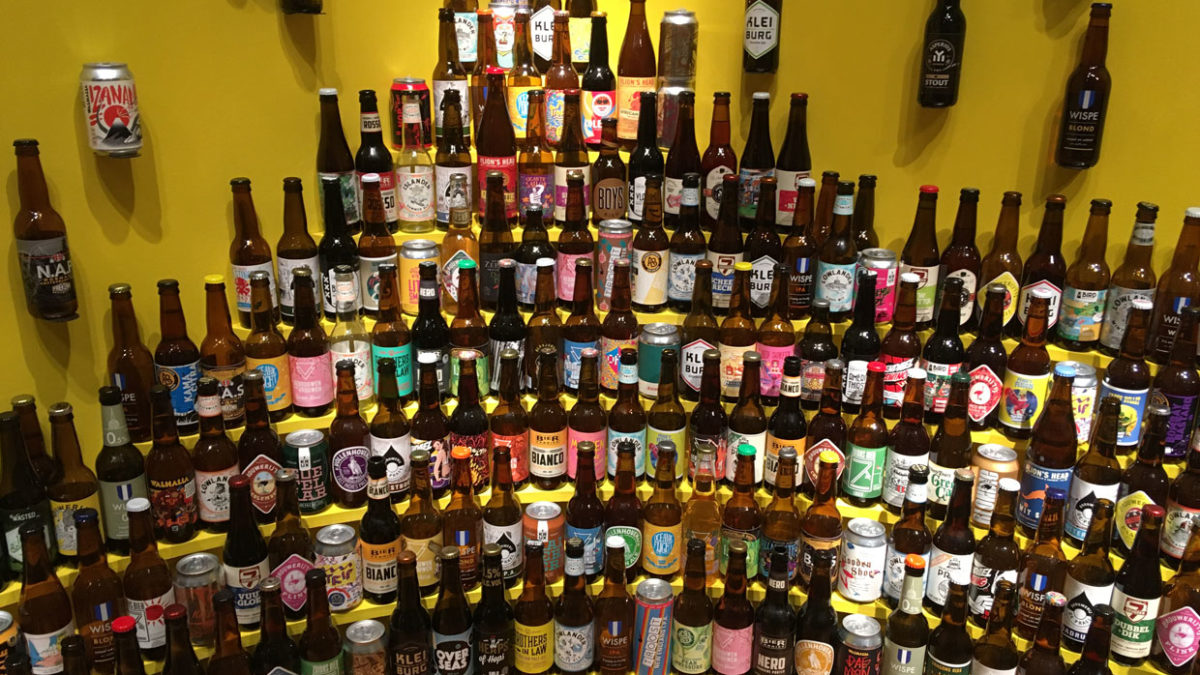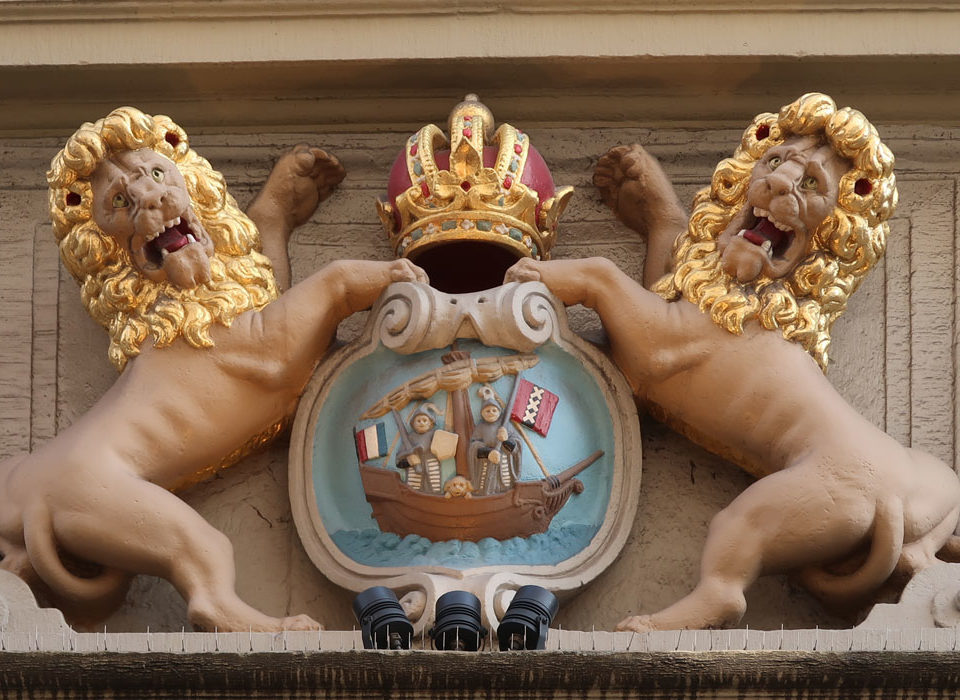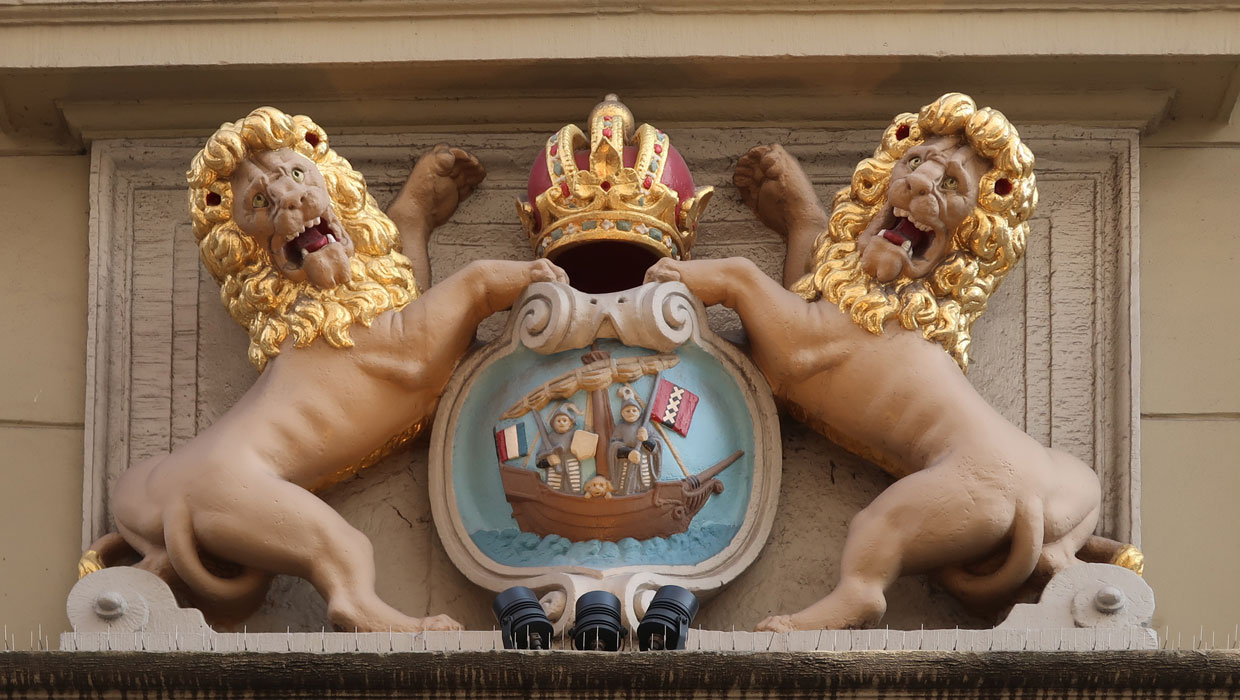
What made Amsterdam so rich?A short Economic History of Amsterdam
July 9, 2020Period rooms: Hidden gems in the 8500 monuments of Amsterdam
June 29, 2022The Amsterdam Museum has an new exhibition, Beer - Amsterdam, City of Beer and Brewers, on until November 1st, 2020.
Beer has always been a very important product for the inhabitants of Amsterdam. In earlier times, beer was a safe drink instead of the polluted canal water or the rainwater that was collected. Beer was also an important trading product.
The beer brewed in early Holland was Gruit beer, with bitter herbs but without hops.
German beer was already brewed with hops. It tasted better and it had a longer shelf life and was therefore easier to trade. Importantly, less grain was needed to make a good drinkable beer with hops.
People drank about 400 liters of beer per person per year in those days.
The Count of Holland made a lot of money from the production and sale of gruit. In order not to lose that income, he determined in 1323 that foreign beer could only be imported into Amsterdam or Medemblik. These cities collected the taxes for the count.
Amsterdam, of course, had the best connections with the hinterland, and became the most important import port. The beer was traded west and south from Amsterdam, all the way to Antwerp. Later beer was also taken from Dantzig, which was traded in so-called Jopen casks. Such a barrel had a capacity of 112 liters whereas an ordinary beer barrel was 155 liters in size. A plaque on the house at Sint Olofssteeg 8 still reminds us of this.
Since Amsterdam imported a lot of grain from the areas on the Baltic Sea, local entrepreneurs decided to import hops and brew delicious beer in Amsterdam. However, Amsterdam was never a really important brewing city. Cities such as Gouda and Haarlem had more breweries than Amsterdam. But the brewers in Amsterdam did make a lot of money, as they could sell beer for the voyages of ships to the Far East and West. Many of the wealthy brewers also became mayor of the city.
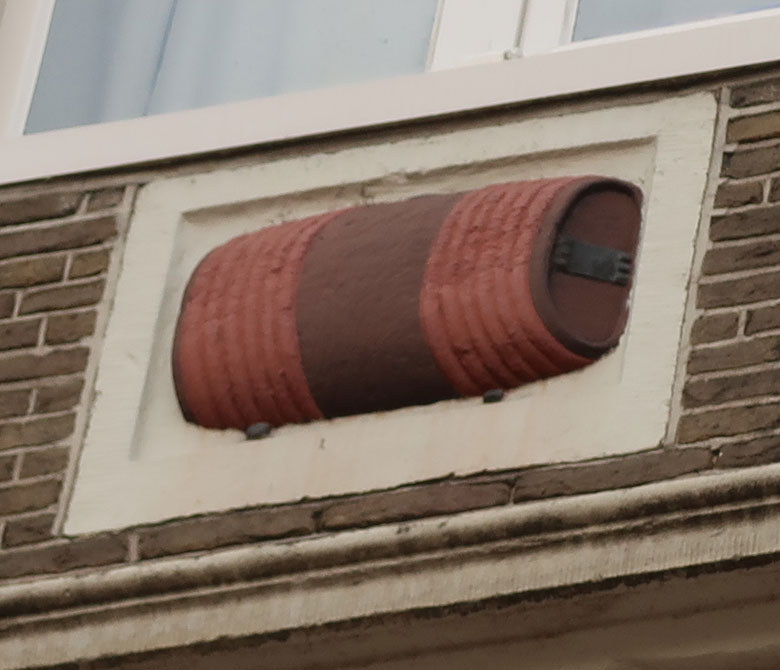
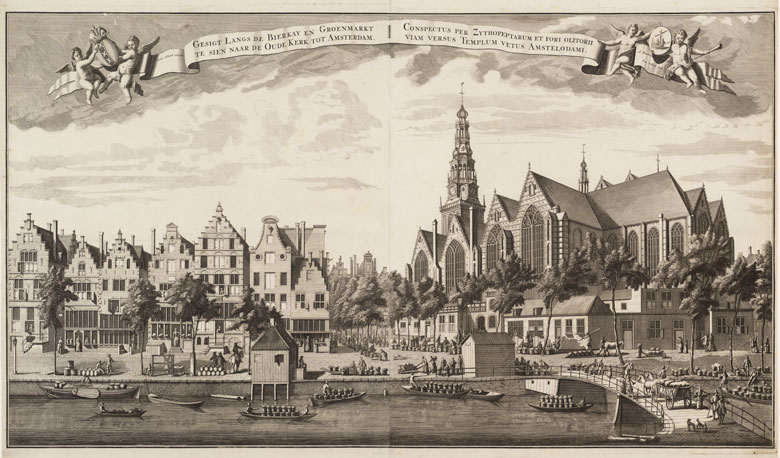
Beer production and drinking water
At the peak of production in the 17th century, only 23 breweries were active simultaneously in Amsterdam. The beer trade was concentrated on the northwest side of the Oudezijds Achterburgwal. That part was called the Bierkaai (the quay for beer). The ships were unloaded by beer carriers, who were not allowed to drink during working hours. That is why there were no bars on Bierkaai. And the breweries were also not allowed to serve beer themselves. The beer carriers were a rough people, as is evident from the Dutch saying "fighting against the Bierkaai", which warns against entering a battle that you can never win.
The quality of the water in the canals of Amsterdam was so bad at that time that water, using special water boats, had to be taken from the river Vecht, past the town of Weesp. In 1638 a new 11 km canal, the Weesper Trekvaart, was dug to bring in the large amount of water needed. The breweries not only used this water for brewing beer, but also sold it separately as drinking water.
Beer transport
The transport of the barrels of beer to an inn or drinking room was preferably by water, and if that was not possible, by cart.
However, as it became too busy in the city, taxes were imposed on wheeled vehicles.
Therefore sleds were used to transport the tons of beer.
That did nothing to help reduce the congestion on the street, because of course the sleds went slower than a cart or carriage. And to make it easier to slide the irons of the sled over the cobblestones, people often threw a greasy rag in front of the irons, which then slid easily. But then the streets only got dirtier.
An example of such a beer slide can be seen in the current exhibition.
In search for barrels
Empty beer barrels were a popular object at the time. After all, almost everything could be packed in barrels. The Society of Brewers was founded in 1674 to promote the interests of the Amsterdam brewers. They employed inspectors to monitor the use and, in particular, the abuse and detection of empty beer barrels.
The beer barrels were recognizable by the burned brands of the breweries and had to be returned to the brewery and were not to be used for other purposes.


Heineken
In 1585, a malt maker from the town of Weesp came to Amsterdam, and started a malt house called the Hooischuur. After his death, his widow set up a brewery on the site between the Nieuwe Kerk and the Nieuwezijds Achterburgwal, now called Spuistraat. Her daughter bought a house there, called the Huis te Cleeff, which would later become the basis for the hotel and restaurant Die Poort van Cleve. The brewery was called De Hooiberg in 1592.
Nearly 300 years later, in 1864, that brewery was bought by Gerard Adriaan Heineken.
The Heineken family still owns the brewery of the same name, which merged with the Amstel brewery in 1968 and now includes more than 300 beer brands and is the second largest brewer in the world.
Traditionally, the beer brewed in the Netherlands was so-called top-fermented beer: the yeast floats on top of the beer during the brewing process. After the invention of the chiller, around 1840, bottom-fermented beer could also be made, the so-called lager.
In 1887 Heineken switched to the production of lager.
Ther fall and rise of craft beer
Slowly, most top-fermented beers on the market were crushed by bottom-fermented beer, except in Belgium, where traditionally there are many monasteries and small breweries which still today produce top-fermented beer.
Many beer lovers cherished their love for those special beers and there came to be beer cafes where more than 200 different beers were sold, such as Biercafé Gollem in Amsterdam.
In the United States, President Jimmy Carter lifted the ban on home brewing in 1979. Beer clubs started brewing beer themselves. From the USA, home brewing spread across the UK and the rest of Europe.
The availability of cheap brewing equipment from China now makes it easy to start your own microbrewery with a small investment. Today there are more than 500 beer producers in the Netherlands, of which 45 are in Amsterdam.


